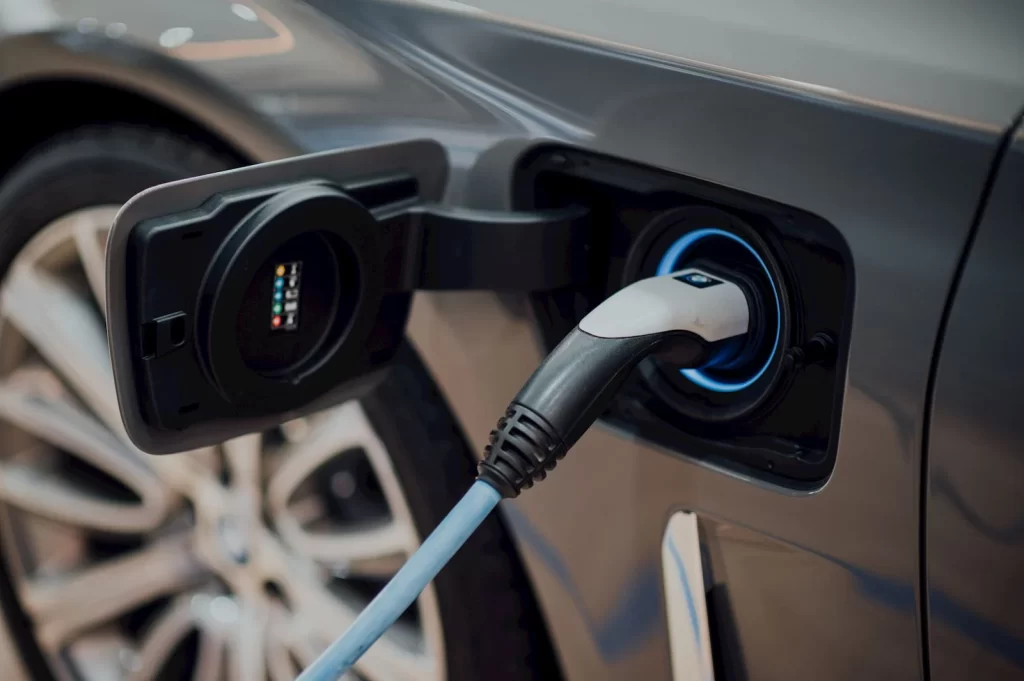How Long Can an Electric Car Sit Without Charging?
Electric vehicles (EVs) provide an efficient and eco-friendly alternative to traditional fuel-powered cars. However, a common concern among EV owners is how long their vehicle can remain parked without charging. Whether due to extended travel, seasonal storage, or reduced driving needs, understanding battery drain factors and proper maintenance practices is crucial to preserving battery health.

How Long Can an Electric Car Sit Without Charging?
Most modern EVs can sit idle for several weeks or even months without requiring a charge. However, the exact duration depends on factors such as battery health, environmental conditions, and vehicle model. Many EVs incorporate advanced battery management systems (BMS) to minimize charge loss when parked.
Do EVs Lose Charge When Parked?
Yes, electric vehicles experience a phenomenon known as vampire drain or parasitic drain, where the battery loses charge over time due to active electronic systems like security features, remote access, and battery monitoring. On average, an EV may lose 1-3% of its charge per day while parked.
For instance:
- A fully charged EV could lose 10-20% of its charge in a month.
- Some models, like Tesla vehicles, have energy-saving modes that reduce vampire drain significantly.
Factors Affecting Battery Drain

1. Self-Discharge
All batteries gradually lose charge over time, even when not in use. While modern lithium-ion batteries have a low self-discharge rate, older EV models or high-mileage batteries may experience faster depletion.
2. Vampire Drain
Certain vehicle features—such as over-the-air updates, remote monitoring, and system diagnostics—can continue drawing power while the car is off. Keeping your EV software updated can help mitigate unnecessary drain.
3. Battery Health
Older batteries or those with diminished capacity may deplete charge more quickly. Regular maintenance and optimized charging habits can help prolong battery lifespan.
Best Practices for Long-Term EV Storage
If you plan to store your EV for an extended period, follow these best practices to maintain battery health and minimize power loss.

1. Maintain Optimal Battery Charge Levels
The ideal charge level for long-term storage is between 50-70%.
- Avoid charging to 100% before storage, as it can stress the battery.
- Do not let the battery drain completely, as deep discharge can lead to permanent damage.
- Check and top off the battery periodically if stored for several months.
2. Enable Power-Saving Features
Many EVs have built-in energy-saving modes, such as:
- Sleep Mode – Reduces power consumption from auxiliary systems.
- Battery Saver Mode – Limits background processes that consume power.
3. Prepping the Vehicle for Storage
Before storing your EV:
- Turn off non-essential systems like climate control and infotainment.
- Disable remote access features to reduce continuous energy usage.
- If possible, plug into a Level 1 charger (120V) for trickle charging.
4. Consider Temperature Effects on Battery
Temperature extremes can significantly impact battery performance:
- Cold Weather: Can slow down charging and increase vampire drain.
- Hot Weather: Accelerates battery degradation due to increased electrolyte breakdown.
To mitigate temperature effects:
- Store your EV in a garage or climate-controlled environment.
- Use battery insulation or an EV battery heater in extreme cold.
- In hot climates, park in shaded areas to reduce heat exposure.
How Long Can Different EV Models Sit Without Charging?
| EV Model | Estimated Idle Duration Without Charging |
|---|---|
| Tesla Model 3 | 3-4 weeks (with energy-saving mode on) |
| BMW i3 | Up to 3 weeks |
| Chevy Bolt | 2-3 weeks |
| Nissan Leaf | 2-4 weeks (depending on battery condition) |
| Hyundai Kona EV | 3-5 weeks |
These estimates vary based on charge level, temperature conditions, and whether energy-saving features are enabled.

Additional EV Battery Maintenance Tips
1. Choose Proper Parking Locations
- Park in a garage or shaded area to protect against temperature fluctuations.
- Avoid prolonged exposure to extreme heat or freezing temperatures.
2. Maintain Tires and Interior
- Check and inflate tires to the recommended pressure before storage.
- Use interior sunshades or covers to protect the dashboard and upholstery from heat damage.
3. Monitor Battery Health Remotely
- Use the EV manufacturer’s mobile app to check charge levels periodically.
- Schedule maintenance checks if storing the vehicle for more than three months.
Conclusion
Electric vehicles are designed to withstand periods of inactivity, with many modern EVs capable of sitting idle for weeks or months without significant charge loss. However, proper storage practices—such as maintaining optimal charge levels, enabling power-saving features, and managing temperature exposure—are crucial for preserving battery health.
By taking proactive steps to reduce battery drain, EV owners can ensure their vehicle remains in top condition and ready to drive whenever needed.
Frequently Asked Questions (FAQs)
1. How long can an electric car sit without charging?
Most EVs can sit several weeks to a few months without charging, depending on battery health, environmental conditions, and power-saving settings.
2. How much charge do EVs lose when parked?
On average, EVs lose 1-3% of their charge per day, though this varies based on model and settings.
3. How can I reduce battery drain when storing my EV?
Enable power-saving modes, turn off remote access features, and store at an optimal charge level (50-70%).
4. Should I charge my EV to 100% before long-term storage?
No, it is best to store at 50-70% charge to prevent stress on the battery.
5. What happens if my EV battery completely drains while parked?
A fully drained battery can cause permanent damage, potentially requiring a jump-start or battery replacement. Always ensure periodic charging if storing for long periods.

